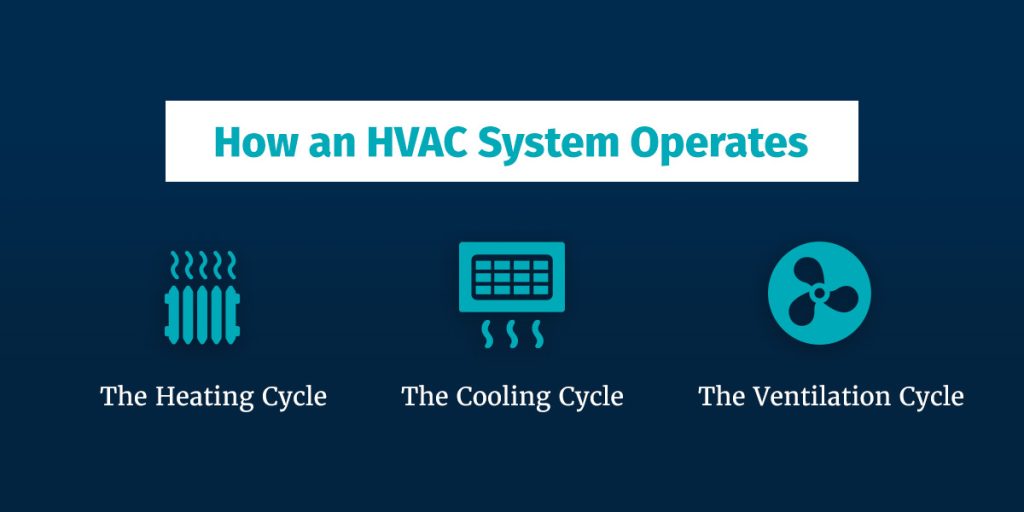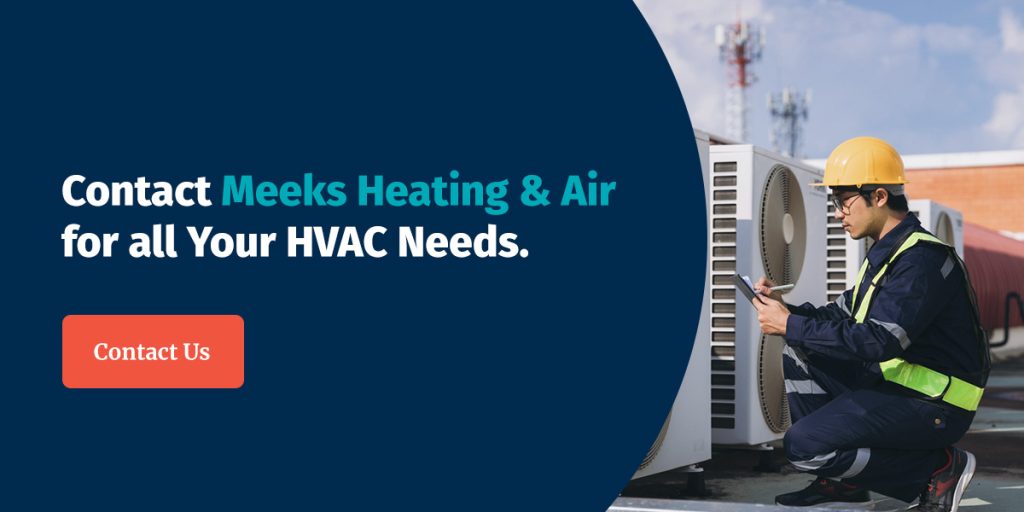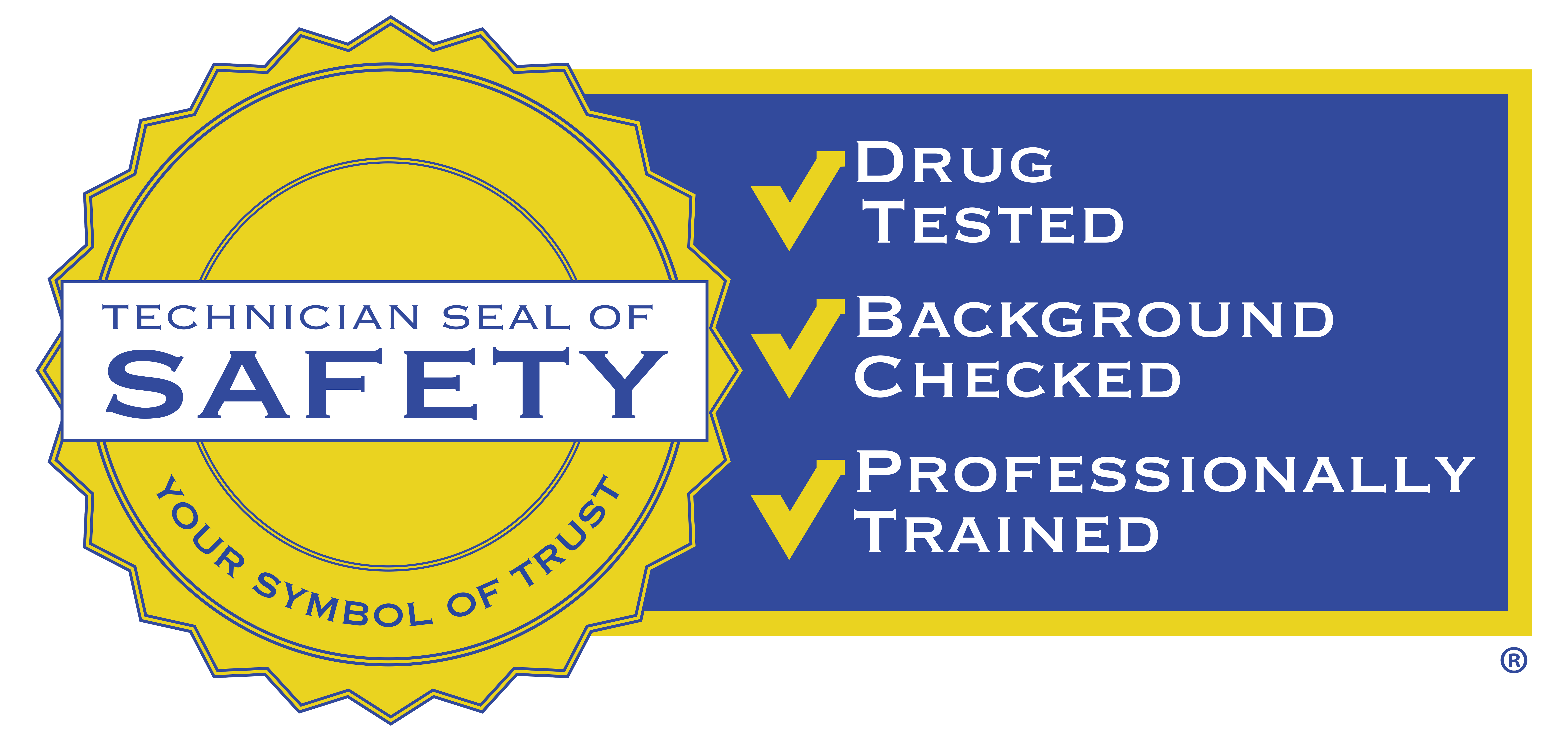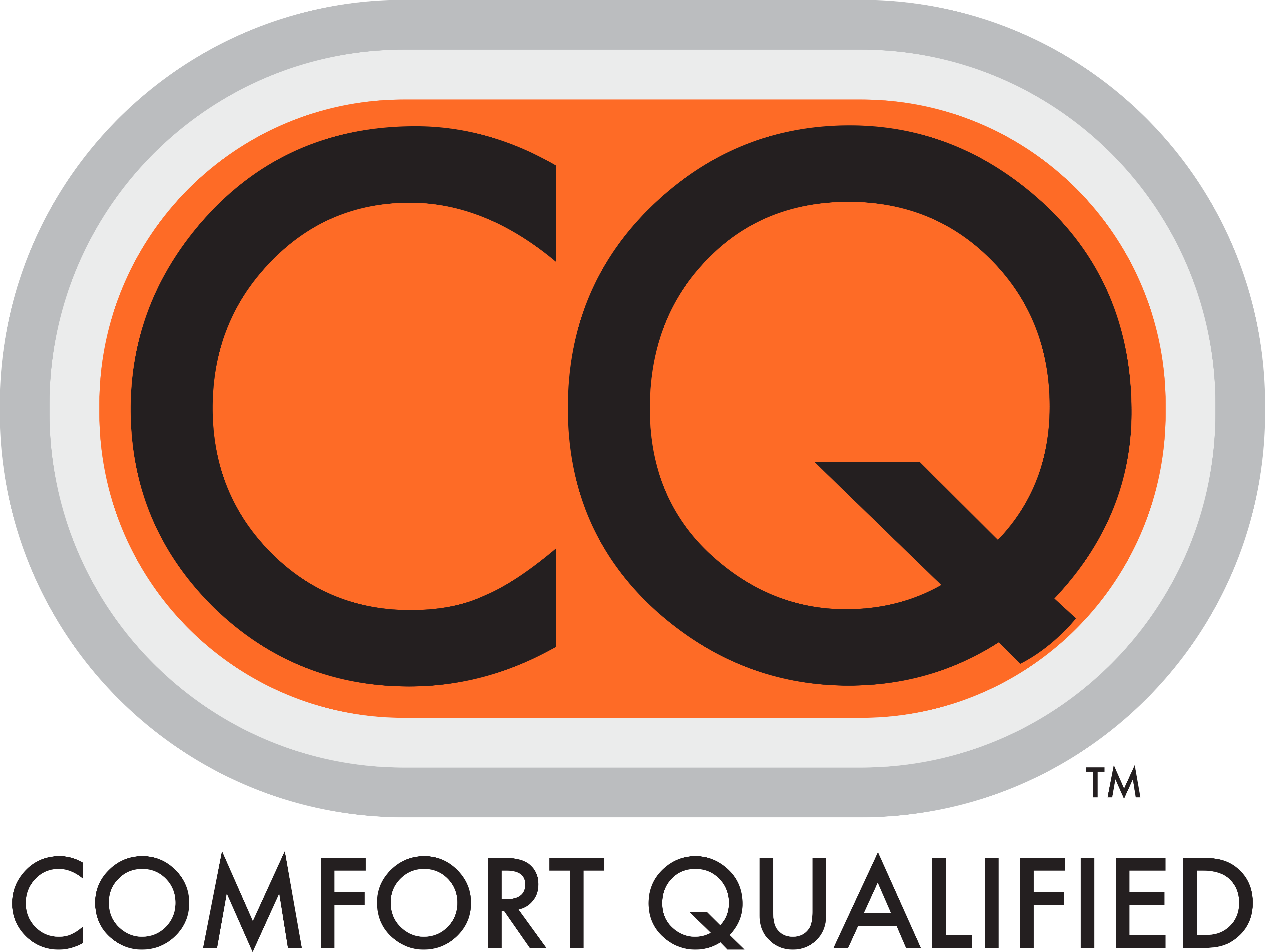How Do HVAC Systems Work
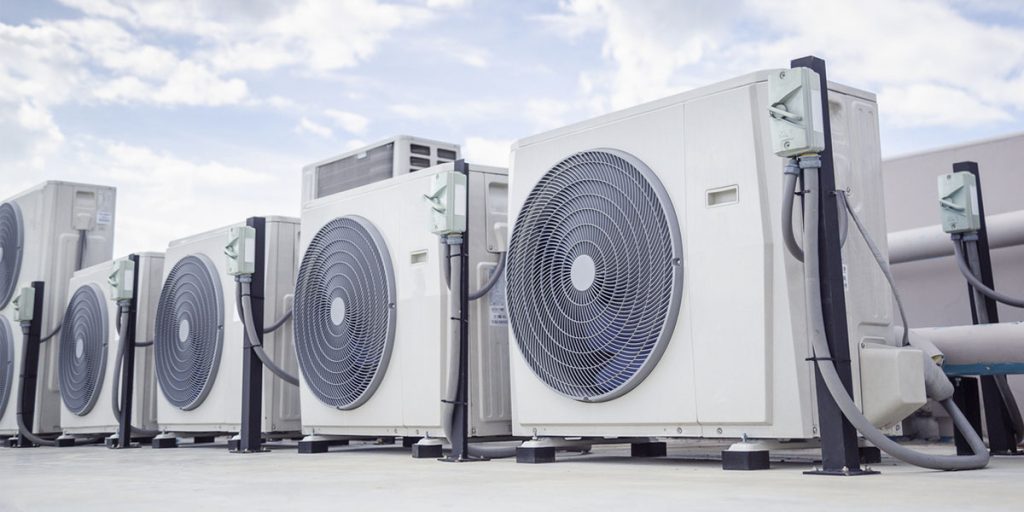
Your HVAC system lets you cool down on a steamy summer day or stay warm and cozy on a chilly winter morning. It’s the hardworking, quiet champion that turns your home into a sanctuary. But do you understand how it keeps your home so comfortable?
In this guide, we’ll explore exactly how these systems work. You’ll gain insight into HVAC basics, principal components, and day-to-day operation, along with top tips for keeping everything humming happily.
The Basic Principles of HVAC
HVAC stands for heating, ventilation, and air conditioning. Together, these three functions create balanced indoor comfort by:
- Heating: Adding warmth when outdoor temperatures dip.
- Ventilation: Continuously refreshing indoor air, removing excess moisture and indoor pollutants.
- Air conditioning: Removing heat and some humidity when temperatures rise.
Behind the scenes, physics does the heavy lifting. Heating units transfer energy to indoor air, while cooling equipment moves heat out of the house through the refrigeration cycle. Meanwhile, fans and carefully designed ductwork distribute conditioned air where it’s needed most. Proper ventilation ensures a steady flow of oxygen-rich outdoor air, improving indoor air quality and supporting healthy living. When all three pieces work in harmony, you enjoy stable temperatures, gentle humidity levels, and fresh, invigorating air all year round.
Key Components of an HVAC System
An HVAC system is more than what meets the eye. Here’s the rundown on all the different components that go into these systems:
The Air Conditioner
The air conditioner (AC) kicks in when temperatures soar, quickly cooling the air so you can relax. Central air conditioners rely on a closed-loop refrigeration cycle:
- Evaporation: Liquid refrigerant absorbs heat inside the home and becomes a gas in the evaporator coil.
- Compression: The compressor squeezes that gas, raising its temperature and pressure.
- Condensation: In the outdoor condenser coil, the hot gas releases heat to the outdoor air and turns back into a liquid.
- Expansion: A small expansion valve drops the pressure of the liquid refrigerant so the cycle can start again.
The system’s seasonal energy efficiency ratio (SEER) rating indicates how effectively it delivers cooling for each unit of electricity used. The higher the SEER rating, the better for your energy bill. If you see a SEER2 label on your model, it indicates that it was produced after the U.S. Department of Energy updated the SEER standards in 2023.
The Furnace
Furnaces create warmth by burning clean fuels, most commonly natural gas or propane. Here’s the play-by-play:
- A burner ignites fuel, producing steady heat.
- The heat moves through a heat exchanger, safely warming the household air.
- A quiet blower sends the toasty air into the duct network.
An annual fuel utilization efficiency (AFUE) rating tells you how much of each fuel dollar turns into useful heat versus exhaust.
The Heat Pump
A heat pump is a two-in-one. In cooling mode, it functions just like an AC. Flip a special reversing valve that runs the refrigeration cycle backward, gathering free heat from outdoor air, even on chilly days, and delivering it indoors. Look for the heating seasonal performance factor (HSPF) for heating efficiency and a familiar SEER rating for cooling performance.
The Ductwork
Think of ducts as your home’s circulatory system. Rigid sheet-metal trunks handle long runs with minimal airflow resistance, while insulated flexible branches slip through tight attic or crawl-space corners. Quality insulation keeps every degree of conditioned air right where it belongs.
The Thermostat
Your thermostat is mission control. Traditional models offer reliable set-and-forget simplicity. Programmable thermostats let you schedule temperature changes to match your routine, while smart thermostats learn your habits, fine-tune energy use, and provide remote control from your phone.
How an HVAC System Operates
For many, kickstarting your HVAC system is as simple as clicking a button or flipping a switch. However, there’s more to it. Here’s how an HVAC system operates:
The Heating Cycle
When indoor temperatures dip below your thermostat’s set point, an internal sensor sends a signal to heat things up. The furnace or heat pump responds instantly:
- Fuel ignites or the heat pump compressor starts.
- Once the heat exchanger or coil reaches a safe, efficient temperature, the blower fan glides on.
- Warm air flows through supply ducts to every room, while cool air enters the return air ducts to be heated.
- Built-in guardians such as flame sensors and high-limit switches ensure safe, consistent performance.
The Cooling Cycle
On a balmy afternoon, the thermostat calls for cooling:
- The AC compressor activates and begins to pressurize the refrigerant.
- Indoor air passes over the cold evaporator coil. Heat slips into the refrigerant, moisture condenses on the coil, and pleasantly dry, cooled air rejoins the living space.
- Condensed water drains away through a dedicated condensate line, preventing puddles and preserving indoor comfort.
- Outdoors, the condenser coil releases captured heat, and the refrigerant resets for another lap.
The Ventilation Cycle
Fresh outdoor air joins the party through dedicated ducts or energy-recovery ventilators. A high-quality air filter — or even a whole-home purifier — captures dust, pollen, and pet dander, supporting easy breathing and sparkling surfaces. Continuous gentle airflow helps regulate humidity, discouraging stuffiness and nurturing a vibrant indoor environment.
Common HVAC Problems and Troubleshooting
Most comfort interruptions arise from simple oversights:
- Dirty filters restrict airflow. Swap them every 30-90 days for breezy circulation.
- Refrigerant imbalances reduce efficiency. A certified technician can restore the correct refrigerant level.
- Loose electrical connections sometimes cause equipment to pause or switch off. Confirm that the breaker switches are on and the thermostat batteries are fresh.
When a quick filter change or thermostat tweak doesn’t bring back that perfect indoor oasis, friendly professional service keeps everything on track. Regular tuneups catch minor concerns early, boosting efficiency and extending your system’s lifespan.
Need Help With Your HVAC System?
Meeks Heating & Air is a trusted local expert for HVAC solutions, with qualified and certified technicians ready to assist you. We offer expertise in HVAC installation, repair, and maintenance. We’re committed to customer satisfaction, quality workmanship, and fair pricing. HVAC services should be accessible to everyone, so we offer financing options so you can remain comfortable without straining your budget. With Meeks Heating & Air, we’re passionate about serving your home like it’s our own.
